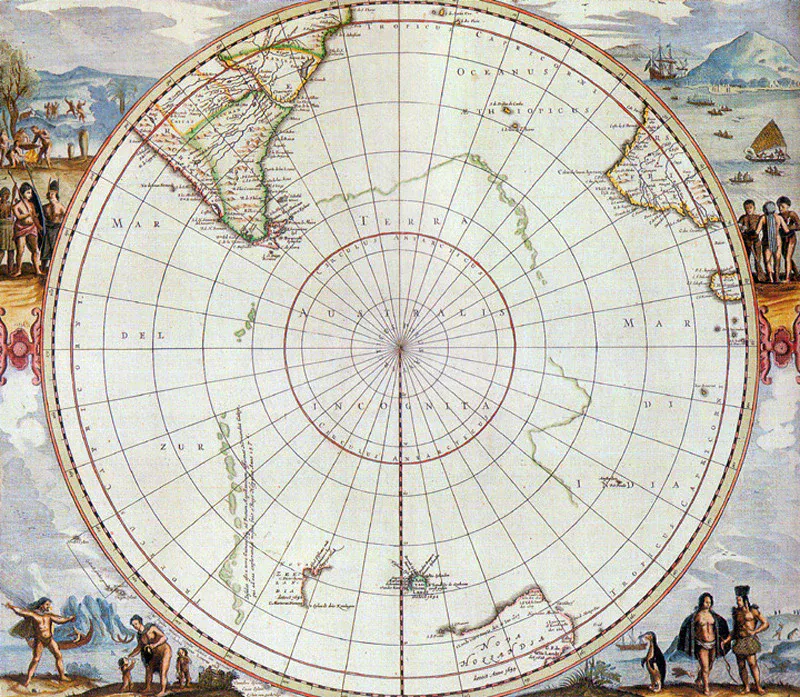What Are the Techniques of an Antique Print?

What Are the Techniques of an Antique Print?
Antique prints are not only extraordinary works of art, but also evidence of the artisan techniques that have marked different historical eras. Each printing technique tells a unique story and requires specific skills, making each work a unique piece. Let's discover together the main techniques of antique printing.
1. Woodcut
Woodblock printing is one of the oldest printing techniques, originating in China in the 9th century. This technique involves carving a design into a wooden board. Ink is then applied to the engraved surface and the board is pressed against the paper to create the image. This technique was widely used to illustrate books and create fine art prints.
2. Chalcography
Chalcography refers to the technique of engraving on metal plates, usually copper, which are then inked and pressed onto paper. The main variations of chalcography include:
- Etching: Engraving made using an acid to corrode the metal.
- Burin: Technique of direct engraving on the plate with a pointed instrument.
- Drypoint: Uses a sharp tip to engrave directly into the metal plate, creating thin grooves that produce smooth, velvety lines.
3. Lithography
Invented in the late 18th century, lithography is based on the principle of repulsion between water and fat. A drawing is made with a grease pencil on a slab of limestone. The slab is then treated with a chemical solution that makes the undrawn areas hydrophilic (attracted to water) and the drawn areas lipophilic (attracted to ink). When the stone is moistened and inked, the ink adheres only to the drawn areas, allowing printing on paper.
4. Screen printing
Screen printing, also known as silkscreen printing, uses a silk fabric stretched over a frame as a stencil. Open areas of the fabric allow ink to pass through, which is pushed through the fabric onto the printing surface with a squeegee. This technique has been used since ancient times in Japan and China to decorate textiles and ceramics.
5. Mezzotint
Mezzotint is a printmaking technique that allows for very smooth, gradual shades of gray. The metal plate is roughened uniformly with a tool called a “berceau,” then the areas that are to remain light are sanded. Ink is applied to the unsanded areas, creating very detailed gradations of tone.
Each ancient printing technique has left an indelible mark on the history of art, helping to make these works not only beautiful to look at, but also incredibly valuable from a historical and cultural point of view. We hope this article has helped you better understand the wonderful world of ancient prints.



